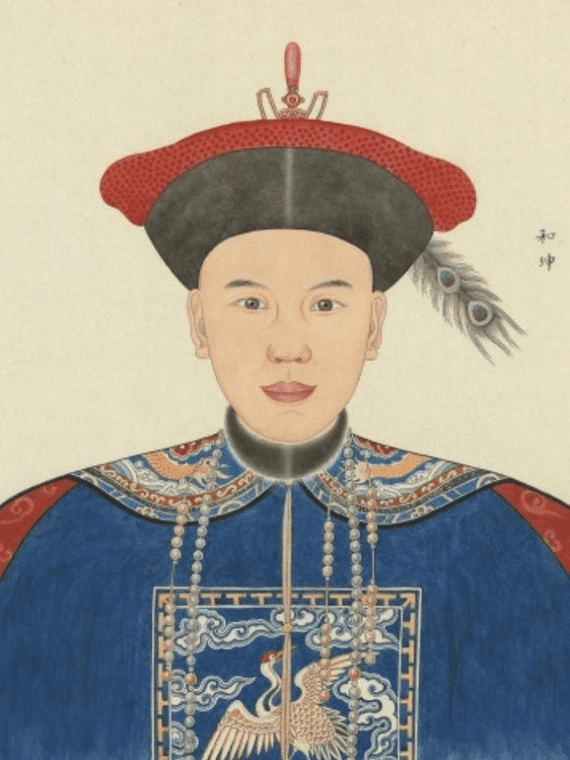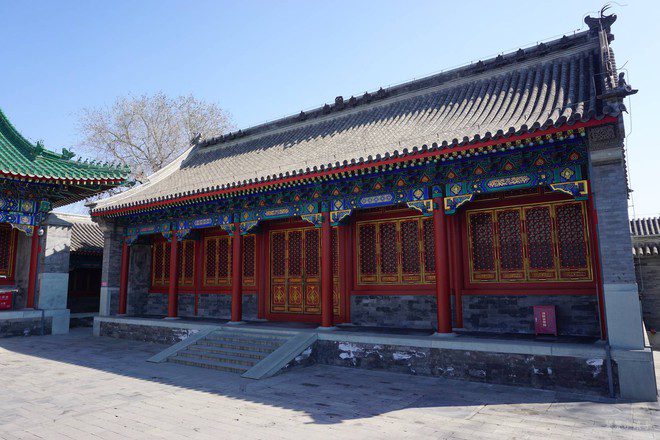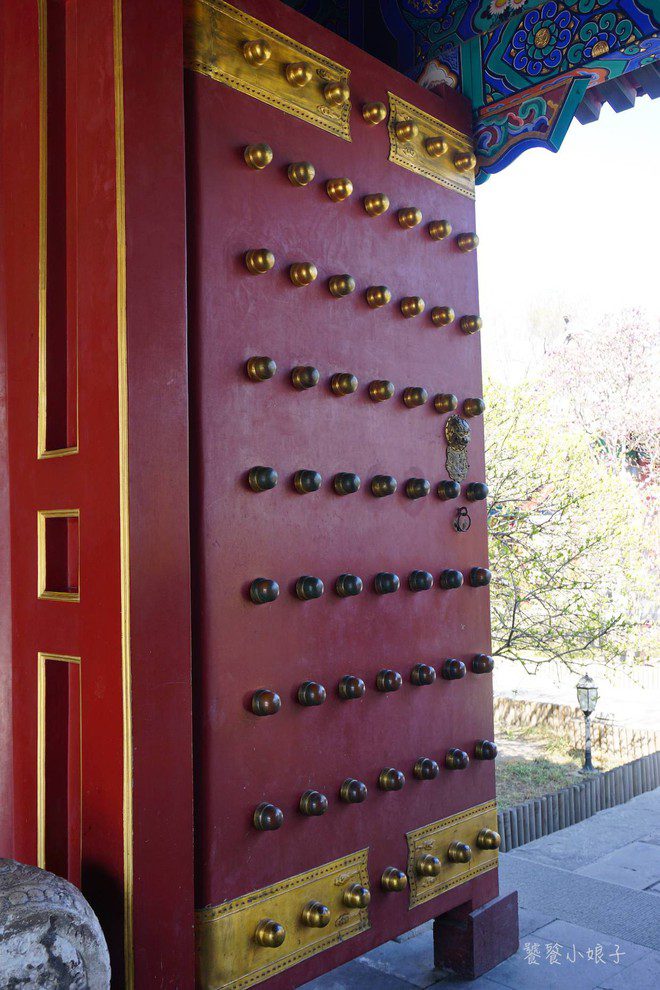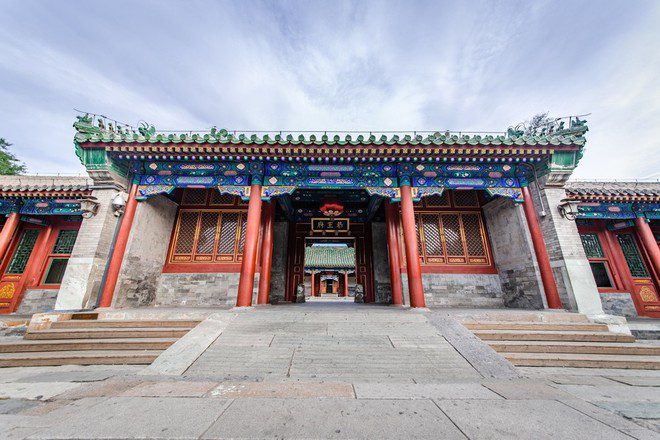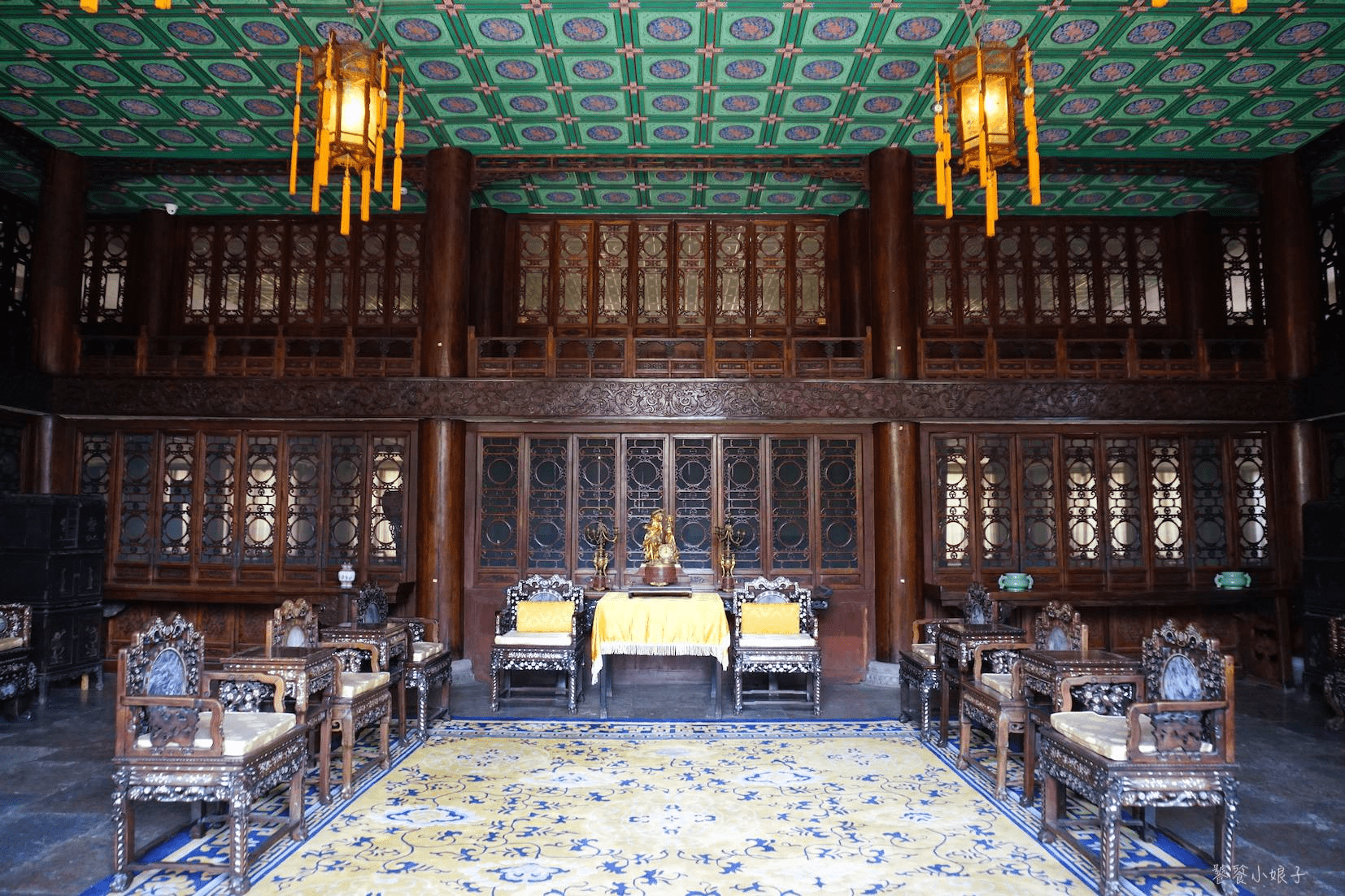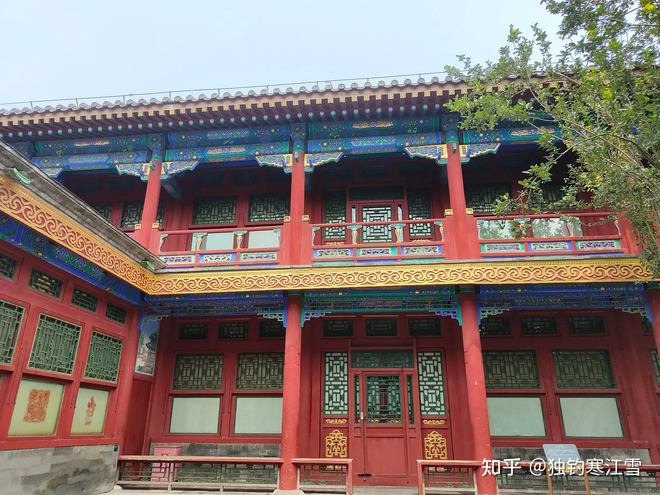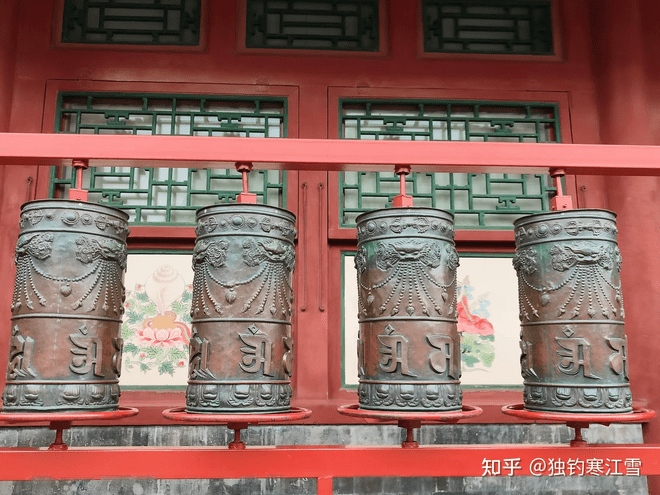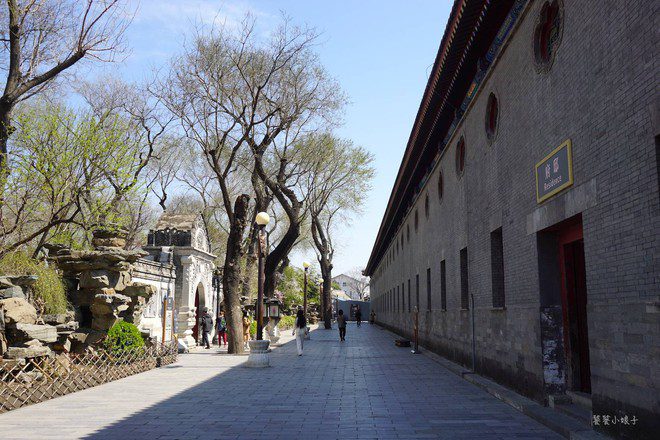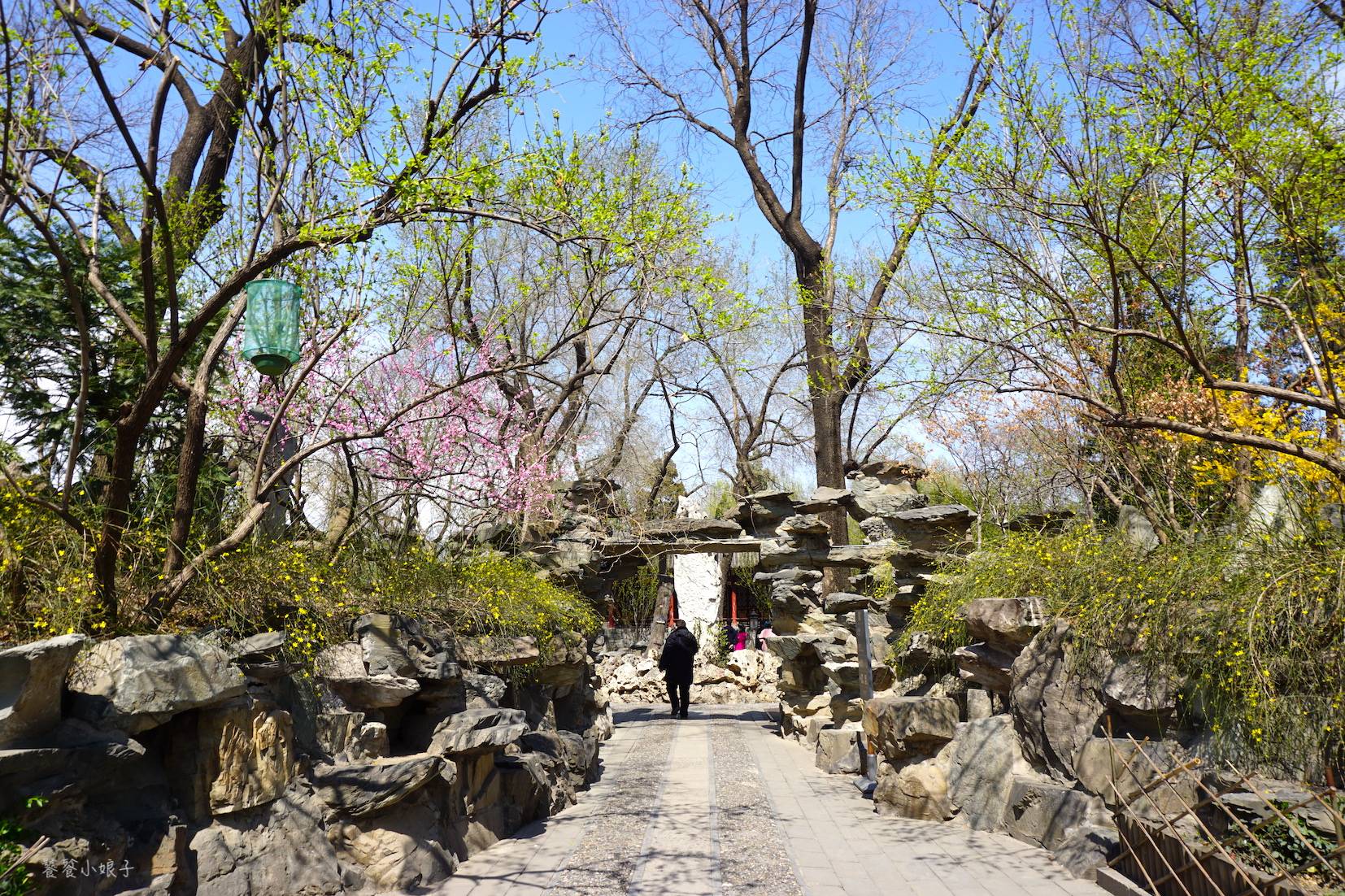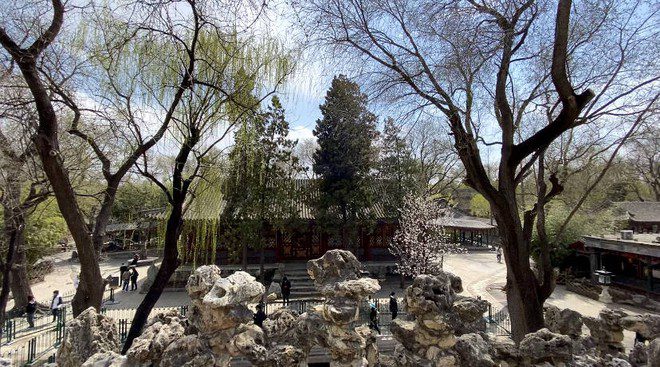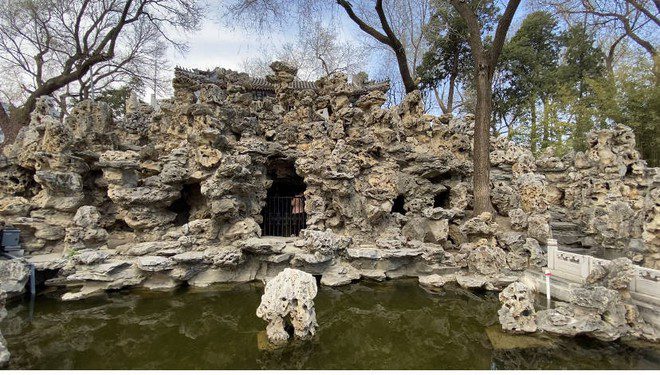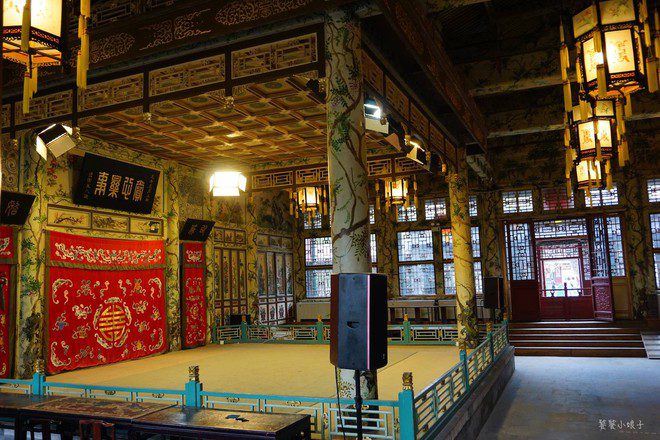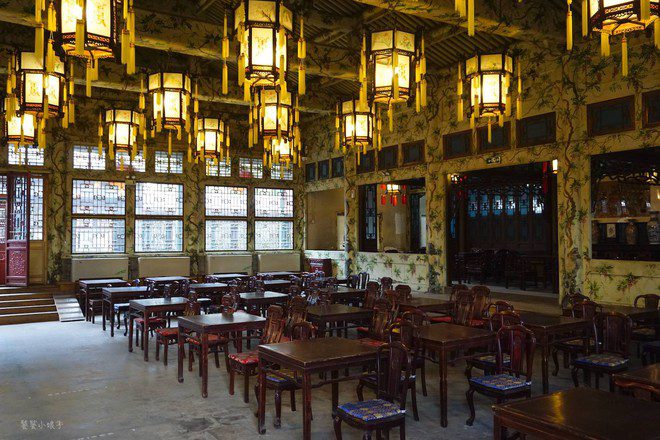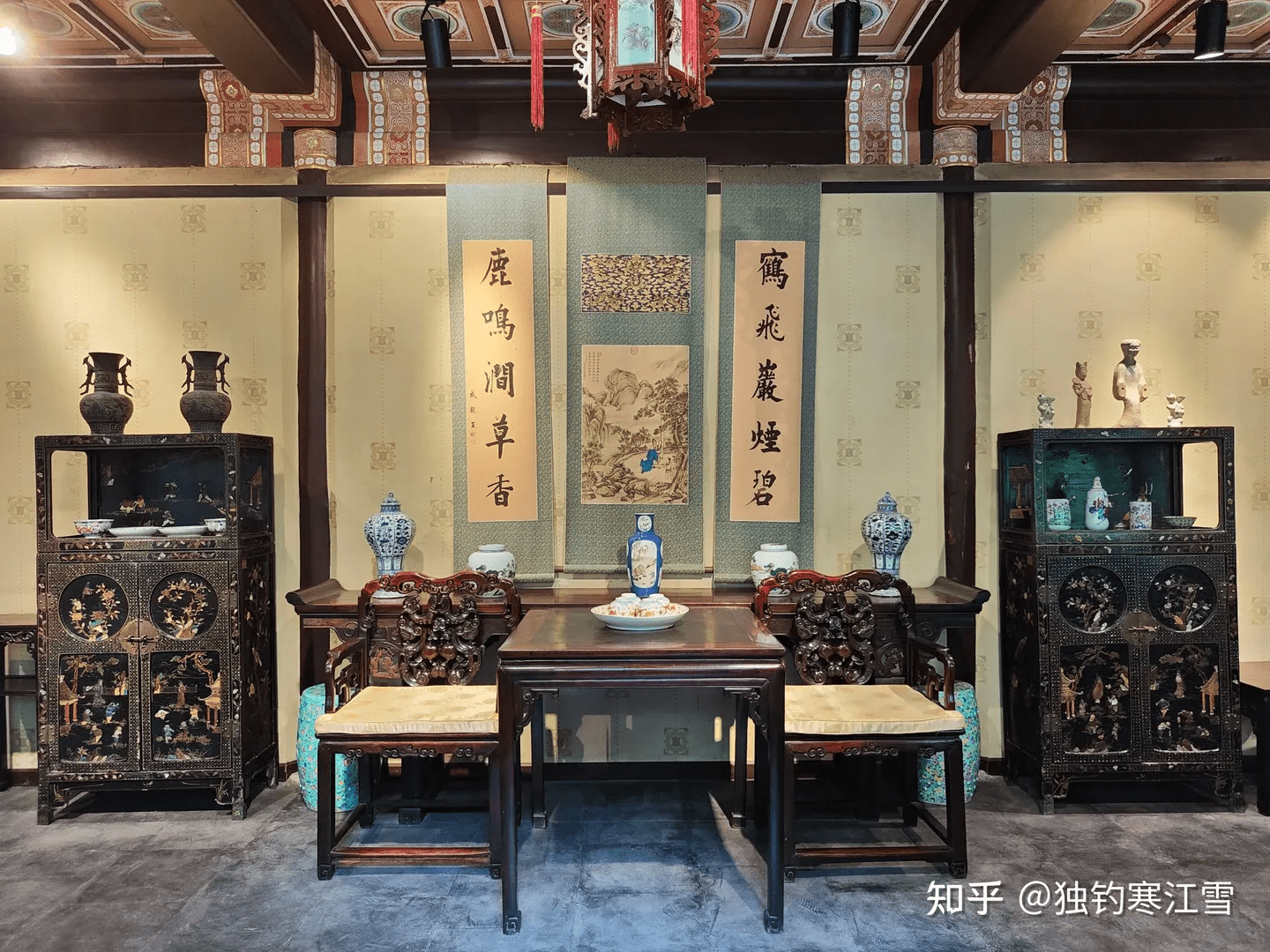Hua Shan, known as the most prominent tourist destination in the Qing Dynasty, has seen a significant resurgence in interest following the recent discovery of 20 ancient relics. These discoveries have sparked curiosity and concern among many, as the total value of artifacts recovered from Hua Shan over the past 15 years has reached astonishing heights. This article explores what makes Hua Shan a significant historical and cultural site, and why it is gaining attention once again.
During the fall season, the national treasure of the Qing Dynasty sees about 70 artifacts recovered annually. The total amount of treasures unearthed from Hua Shan in the past 15 years amounts to staggering figures. This alone indicates the significant treasure trove that Hua Shan has to offer in comparison to the Qing Dynasty’s grand legacy.
Located at the heart of the treasures, the Hua Shan area (currently referred to as the Baotang Palace) is considered the largest imperial residence in the Qing Dynasty. This palace has been the site of numerous significant events, with many cultural artifacts being established within its walls over a span of four years.
First and foremost, the scale of the Hua Shan palace (or Baotang palace) is truly remarkable, encompassing both the residence and gardens with a total area exceeding 6000 hectares, which includes over 30 different architectural structures.
Hua Shan has made significant strides in design. Reports suggest that the emperor personally oversaw various renovations in the palace, ensuring that the architectural integrity was maintained over generations. During the construction process, the technical specifications of the Hua Shan palace, though similar to the Forbidden City, utilized materials that were distinctly superior.
The entire structure is adorned with exquisite details, utilizing the finest materials available at the time. These artifacts not only have vibrant colors but also possess a unique aroma. According to experts, a single artifact from Hua Shan made of top-tier materials can reach a value of up to 2.7 million yuan (equivalent to over 9000 USD).
The most famous location within the Hua Shan palace is the Hiu Chao Lau, which boasts a total of 99 rooms. Hiu Chao Lau is known for its golden decorations and is often associated with the collection of precious gold artifacts. The ceiling showcases intricate floral patterns, each representing the distinct artistic style that Hua Shan has come to be known for, often referred to as the Táng Bảo Lau.
Along with the grand architecture, the interior of the Hua Shan palace is designed to adhere to the principles of Feng Shui, featuring the North Hall (the Hall of Flying Dragons) and the North Pool (the Water Hall of Flying Dragons), which holds particular significance.
Because the exterior of the palace is reminiscent of “Fortune,” the gardens are adorned with numerous auspicious trees surrounding them to enhance luck and prosperity. Notably, the North Hall is designed in the shape of a flying dragon. The interior columns are decorated with exquisite murals, each detail conveying a deep auspicious meaning.
In addition to the beautifully landscaped gardens and the significant architectural structures, Hua Shan also houses the Di Than So – a large performance venue constructed with sturdy wood, featuring a spacious interior designed to enhance sound quality. When music echoes in this hall, it resonates remarkably clearly, even from distant locations.
As mentioned earlier, alongside the material values, the Hua Shan palace, or Baotang palace, also embodies a significant cultural value, reflecting the historical richness and decline of the Qing Dynasty. These artifacts stand as witnesses to the myriad stories of people who lived and thrived in this place.
“A Baotang palace, a treasure of the Qing Dynasty” could be the most accurate description of the immense value this site holds.
Source: 163.com, Sohu


